The shift to remote-only civic meetings during the pandemic is impacting how communities get to weigh in on important city proposals, like rezonings. It’s led to more people attending — but there have also been problems, and criticism.
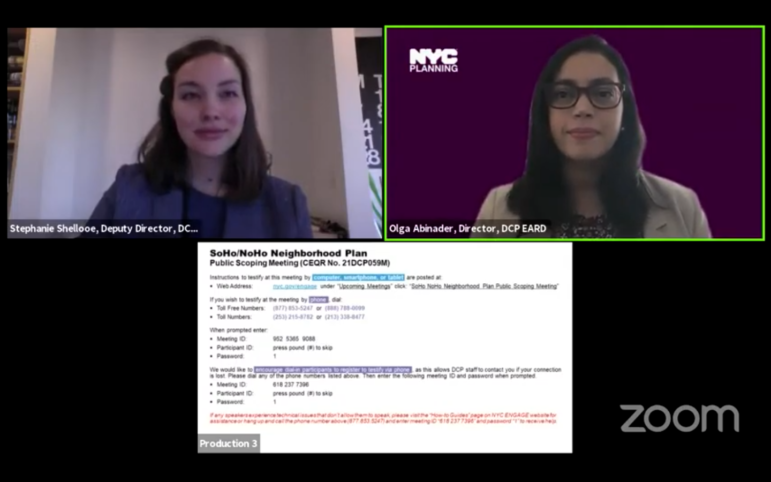
YouTube/Screenshot
A screenshot from a meeting about the city’s SoHo/NoHo rezoning proposal held online Dec. 3.The day before a virtual public meeting about the city’s proposed SoHo/NoHo rezoning, Sean Sweeney, the head of the Soho Alliance, got an email saying he needed to update his Zoom software. So he did. Sweeney was going to be one of the first panelists to share feedback at the meeting on the draft scope, a document detailing the city’s proposed land-use actions and outlining the methods it will use to study the project’s potential impacts.
But on the day of the Dec. 3 meeting, Sweeney was told by city officials that his Zoom software still needed to be updated. Confused, he logged out and made another unsuccessful attempt to join. After an hour passed and over a dozen people had already testified, he gave up, deciding to try and join the public hearing by phone instead—and by luck, was called on and given the chance to testify almost immediately.
“They said, ‘Oh, let’s pick someone from the phone.’ So I guess I was the first one to phone in and they arbitrarily picked someone who just phoned in. They didn’t know my name. They just knew the last three digits of my number,” he says. The good timing meant he got to speak at the virtual meeting before others who’d been waiting online to do so—one example of the many ways that the shift to remote-only civic meetings during the pandemic is impacting how communities get to weigh in on important city proposals.
“Someone who might’ve been waiting an hour on the computer, had they gone to the phone would have gone on instantly,” said Sweeney in an interview with City Limits. “So there is an inequity. If you’re sitting waiting to speak at an in-person public meeting and someone happens to come in the side door and they get pushed right up—that would never happen in a public meeting in a room.”
When the pandemic struck the city in March, Mayor Bill de Blasio issued an emergency order to halt the Uniform Land Use Review Procedure (ULURP), the city’s months-long review process for land use proposals like rezonings. The city restarted that process in October, but shifted to virtual public meetings, launching an online portal, NYC Engage, where people can find information and register to join meetings either virtually or by phone. Residents can also place requests in advance for language interpreters and other services.
There are two public rezoning proposals underway—Gowanus in Brooklyn and SoHo and NoHo in Manhattan—the first of which is expected to be certified, and start the ULURP process, in January (a certification date for SoHo/NoHo has not yet been finalized).* Public meetings relating to both projects have been held remotely in recent months to plan for that, and city officials say the online format has provided a boost to attendance numbers, with hundreds tuning in.
According to Department of City Planning data, the SoHo/NoHo scoping meeting on Dec. 3 saw over 150 attendees, while an information session about the proposal in October drew an estimated crowd of 500. More than 350 people logged into a meeting on the Gowanus rezoning proposal on Oct. 22, another 250 attended a November presentation about the city’s plans for Gowanus Green, and another meeting about the Brooklyn neighborhood’s infrastructure this month had an estimated 200 people watching. The City Planning Commission (CPC) hearing on the Special Flushing Waterfront District on Nov. 4 saw more than 230 people register to testify.
Attendance outnumbered those of in-person public meetings held last year related to these and other rezoning proposals, officials say: two workshops about plans for SoHo/NoHo, hosted in February and May 2019, had 150 and 200 attendees respectively, while meetings related to the Gowanus proposal also averaged between 150 to 200 attendees last year. In February, right before the pandemic struck, a CPC hearing on the now-dead Industry City rezoning proposal had just 57 people registered to testify.
According to DCP, the virtual platform for public meetings has been successful in engaging more people than in-person meetings would otherwise, and the agency says it is looking to make more improvements to the format in the near future.
But some residents and stakeholders have taken issue with the use of virtual-only meetings, saying it’s inaccessible for those who lack access to internet services. Others feel it can create issues around fairness when it comes to who gets to speak, and when, such as in Sweeney’s example. Residents also say that not being able to see their fellow community members and know who is tuning into such meetings makes organizing—either in support of a project or policy or against it—more difficult.
NYCHA resident and community activist Karen Blondel, who works with the Gowanus Neighborhood Justice Coalition (GNJC), raised that last issue at a recent Gowanus rezoning-related meeting, where she said she had no idea if other NYCHA residents were tuned into the city’s presentation on its proposal, which could impact Gowanus’s public housing residents significantly.
“I felt alone as a community. I could not see GNJC members or NYCHA residents. We spent a lot of time in person understanding the community’s approvals and disapprovals in past meetings. That was missing,” Blondel said. “We should not do ULURP until we can meet in person.”
She added that if the city continues with virtual meetings, then it should publish a participant list for each event so attendees can know who else is present. “To make sure that the people there are not trolls, coming from other spaces and have 15 to 20 of their members speak. And then nobody from the community gets to speak,” she says. “Even on Zoom, there’s no way to determine the order of who raised their hand first or asked to speak. So it can be biased based on the host.”
Blondel thinks the city should continue doing outreach online but wait until the spring to hold actual public meetings, when communities can meet in-person outdoors in better weather conditions. A Manhattan community group, Village Preservation, offers a similar idea: to pause the ULURP process until there is an opportunity to have in-person (with social distancing) and virtual public meetings, simultaneously.
“Without a doubt, I think that there are certain advantages to having the virtual format and my hope would be that in the future one would be able to participate both virtually and in person. But there’s also no denying that there’s a loss, a significant loss from the lack of in-person participation, particularly in terms of the way that the city structures these, which is that you can’t see anybody who the city doesn’t allow you to see. You’re basically in a black box,” said Andrew Berman, the group’s executive director.
Virtual meetings also make it harder to get a general sense of a community’s support or opposition to a proposal which are easy to convey in person, such as attendees holding signs or wearing buttons, he added.
“There’s no way for people who are in attendance to disseminate information among one another. So it really is extremely limiting,” he says. Such participation is vital for high-stakes land use projects. “The fact of the matter is with something like a vast proposed rezoning for two communities, there’s no reason why it can’t wait until we’re able to return to an in-person format, which hopefully would also allow for virtual participation.”
With a vaccine potentially around the corner, it makes sense for the city to hit pause on ULURP until it’s safe again to convene in person, these critics argue.
“I think that there’s a real feeling right now that certain political powers are taking advantage of the pandemic to streamline public review processes. And I think at the root of it, I think there’s real concern that these technical platforms are not designed to be a democratic forum and they are not designed to in such a way that they are accessible to all. And there is this assumption that this process is somehow equivalent or good enough because of the pandemic,” says Jack Riccobono, a member of the community group Voice of Gowanus.
“When you’re talking about a discretionary action like ULURP and the rezoning process, which has a time horizon of 10 to 20 years and are often under consideration for years before action is taken–it’s really hard to make the argument that this has to happen right now,” he adds.
DCP counters that the virtual meetings have been critical for those who would otherwise be unable to join in-person public meetings due to work schedules, family commitments or accessibility difficulties. The agency says it also works with attendees to help them participate both before and during remote meetings.
There have indeed been moments during recent online meetings that shed light on the flexibility of a virtual platform: A union member who had his daughter help him make his video testimony in support of the Gowanus rezoning in the middle of running an errand, or the Soho senior who moved upstate during the pandemic for her own safety who was still able to share feedback on the SoHo and NoHo proposals.
“Neighborhood planning is more important than ever as we think about recovery. This is a moment in time where we need to make a centralized place to find information on meetings,” says Lara Merida, DCP Director of Neighborhood Studies. The city’s Engage NYC portal does just that, she says, letting residents view upcoming meetings, watch past events and access documents related to each project.
Merida said the platform has also helped the agency itself, allowing flexibility for DCP employees to attend more meetings in different parts of the city. She said the website was in the works even before the pandemic, but the health crisis jump started its launch.
Like all technology, there are limitations, Merida admits. But the city is continuously working to improve: The public can expect to see video conferencing tools soon which will allow meeting attendees to see each other, she says, though did not give an exact timeline for when that will happen. She highlighted other existing features of the virtual format, like the chat function, which provides a space for public discourse during meetings.
“We’re constantly speaking to members of the public and sister agencies, advocacy groups, and educational institutions to try to improve all of the civic engagement that we’re doing online,” she says.
*A previous version of this story incorrectly stated that the ULURP process for the SoHo/NoHo rezoning proposal would start in January. An exact start date has not been set yet. The story has been updated.



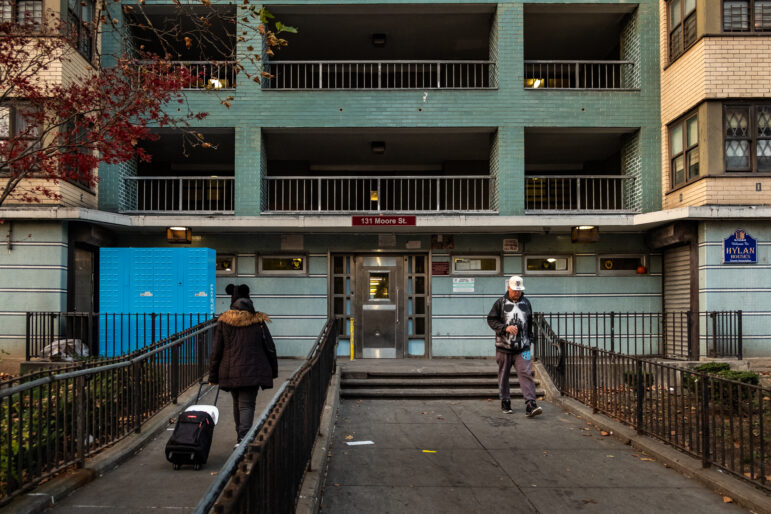
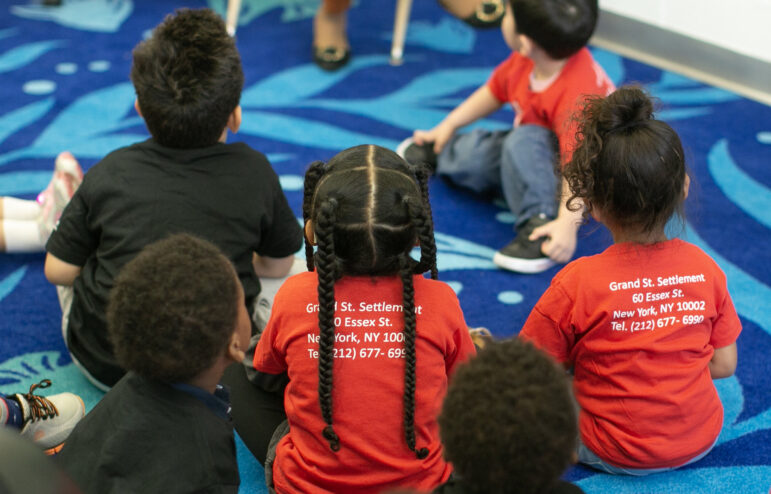
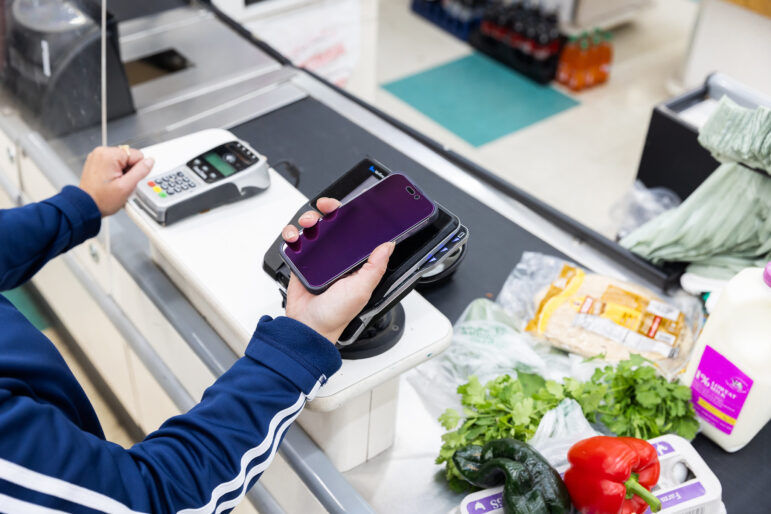
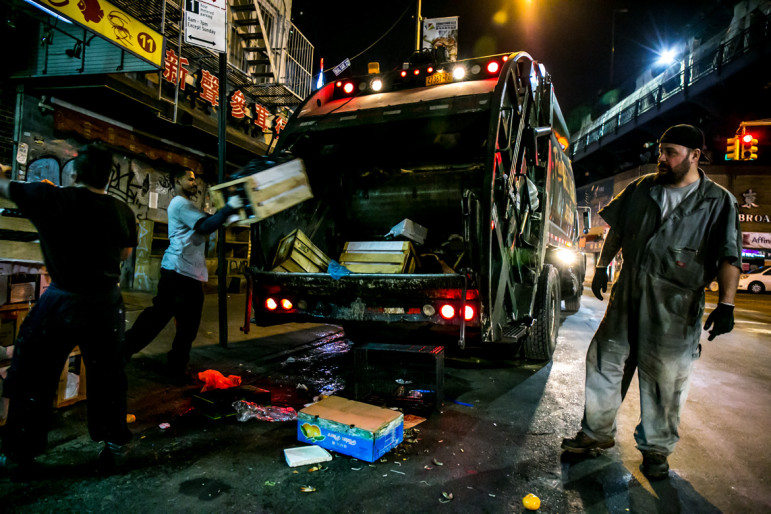
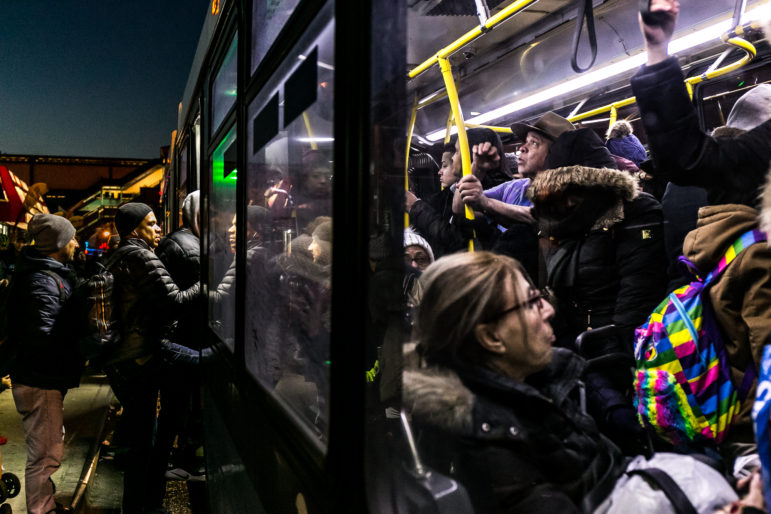


5 thoughts on “For City’s Public Meetings, Shift to Virtual Format Has Meant Attendance Boost—& Complications”
On-line attendees should be required to have their video on and actual names (not Mary’s ipad). We should always preserve an on-line opportunity in the post-pandemic era for those unable to show up in person.
Having high zoom attendance numbers is meaningless measure.
How are we to know that the number of zoom attendees at these DCP sessions are not just a bunch of bots, or maybe the number is entirely made up, some of the names that appear in the chat are clearly anonymous made-up names. When you cant see, and verify who is at a meeting, there is no reason to believe those numbers of attendees are real.
But if there were all those attendees, the fact that the community can’t see who the attendees leaves open the question, how many of them are from the community board district effected by the matter being discussed? Developers living in New Jersey could be imposing on these local functions. One thing about holding Public Meetings within the local community, is that they are most convenient to the local community. From the chat postings at the Gowanus zoom sessions there appeared to be about 30 community members.
And keep in mind those zoom sessions that took place were government agency presentation sessions (which some call propaganda sessions) their purpose is quite different than a Public Hearing. Public Hearings are about Public expressing their sentiments on the matter at hand. Some will stand up and speak, others may put on the same colored t-shirt and express themselves in these other ways. All who are present get a chance to gauge the community sentiments on the matter; a kind of consensus arises form all the public interaction and opportunity to hear each other in many ways (even if the Community Board members do an about-face and vote as they are told by their gov. bureaucrats).
A zoom session on the other hand is an authoritarian power play in the hand of government bureaucrats who not only mute the community while also withholding chat functions, but fail to allow attendees to know the identity of the other attendees. The opportunity for any kind of legitimate public consensus to arise on a matter is impossible under government run zoom sessions. And that is just want power hungry government officials want –the opportunity to mute the community and impose it’s will over the people, especially for a legally required Public Hearing.
And to DCP’s concerns, all public hearings are to be heald at a location that is accessible. And it is good to see DCP is concerned that schedule conflicts exclude some from participating, maybe they will do as communities have asked over the years and hold multiple day heatings, because we all know zoom doesn’t take away schedule conflicts or problems of managing family.
Any politician who supports government zoom sessions as a substitute for legally required Public Hearings has no basis for calling themselves a Progressive Democrat, they don’t even fall into the category of Democrat, but fall squarely into the camp that includes Stalin and Mussolini. We all hope there are no such elected officials in this city.
Spot on!
Whatever you want to say, whatever measures you want to present as far as virtual participation, it is a fact that not everyone who wants to can do virtual. No everyone has access to the service needed, and not everyone can navigate the system. I Zoom regularly, have taken 2 Zoom “classes” and still am not 100% comfortable with it.
While there are clearly problems with virtual public hearings, the core problem is that the City is awful at community engagement to begin with, in any format. Making a lousy process virtual will just give us a lousy virtual process. A typical public hearing, with people speaking 2 to 3 min each with no dialog or deliberation, is a stilted, unsatisfying, non-engaging form of participation. In a rezoning, the City will generally hold public meetings in other formats before scoping & certification. These formats give people some chances to exchange ideas and concerns with each other & City staff, and write out suggestions and stick them on boards–there’s a patina of dialog. But they are a sham for a number of reasons, for example:
– Most of this patina of dialog occurs at the early “visioning” stage from which broad goals are identified. But these goals are so broad that virtually anything the City or developers want to do can fit under them.
–In land use, the devil is always in the details, and when the planning gets down to a detailed level there’s no more deliberation–just gathering “input” that is either ignored or cherry-picked to support whatever the City or developers want to do.
–Details of land use involve tradeoffs. Community members never get a chance to show what tradeoffs they would make. They can only respond to decisions already made by the City or developers.
–There’s never any attempt to empower the community of give community residents or small business owners any real influence. It’s all about gathering lots of input from all sources, including many with competing interests. And the City staff & officials running the process do not seriously try to reconcile different interests. Instead, they love getting competing input so, as I noted above, the City can cherry-pick the input to support what they want to do.
–Also, the City does not ensure community participation is reasonably representative of the population of the community involved. If City officials & staff cared about fair representation, they’d gather and report on demographics and geographics of participants of every session throughout the process (pre- and post- scoping & certification), compare that with the demographics of the community involved, and say what they’re doing to make the process more representative going forward. They simply don’t do that. Do they care?
–And as others have pointed out, despite increased numbers, the way the City has been doing virtual sessions, there’s no way to know how representative they are.